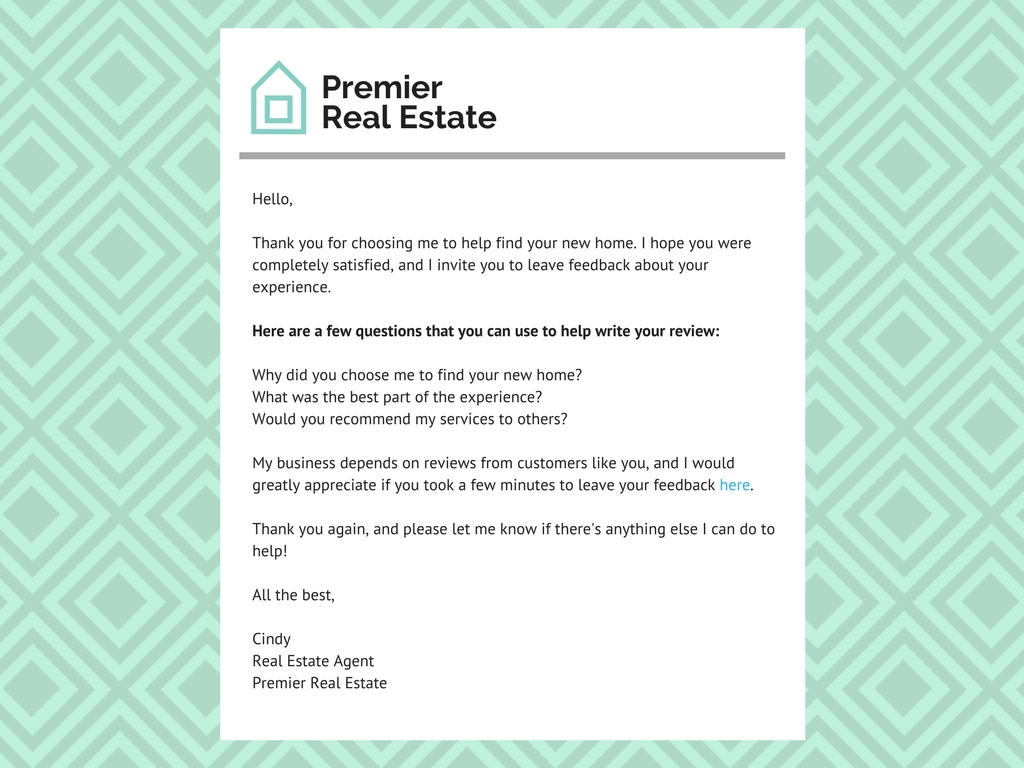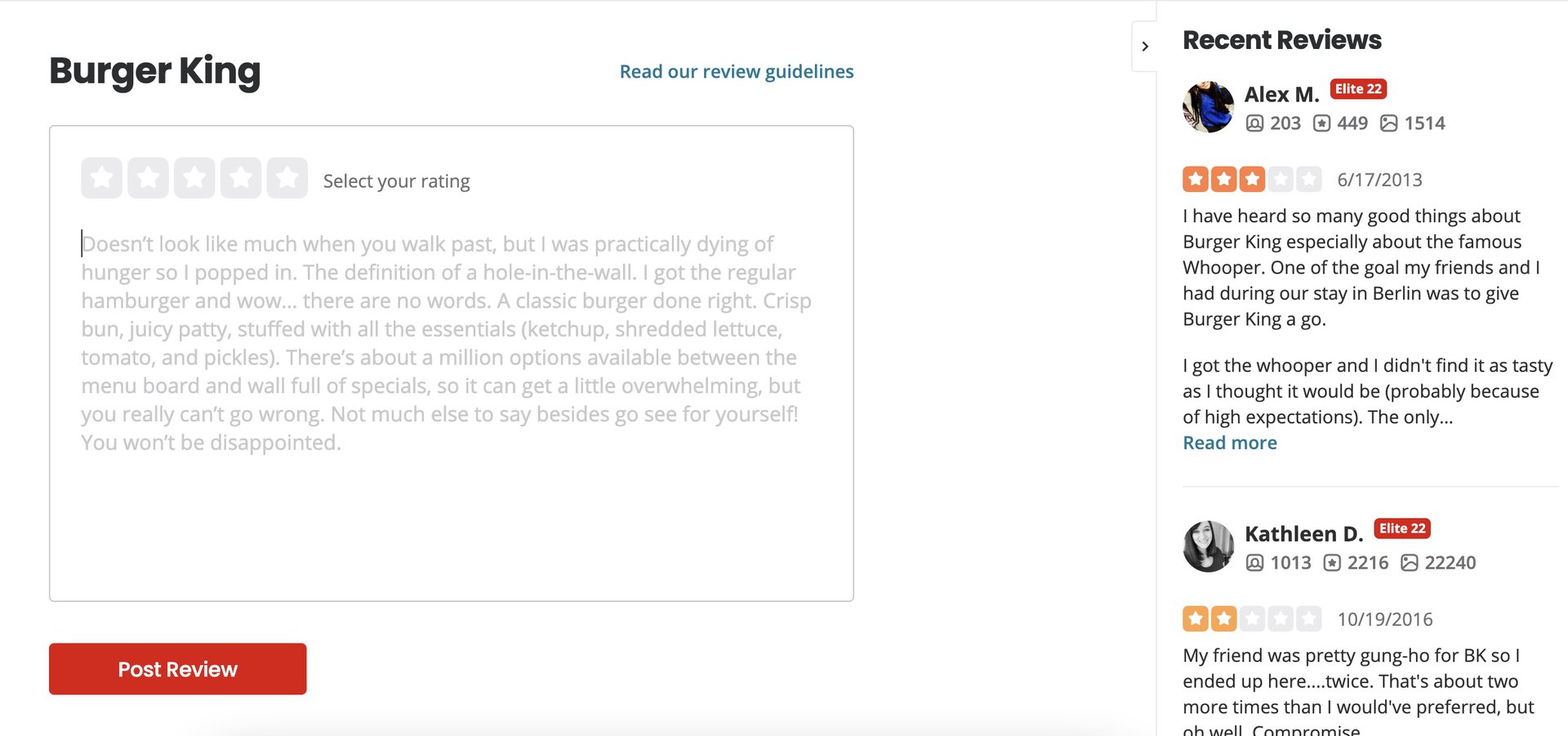
Research shows that customer service is key to a business' success. Poor customer service is a major problem for businesses, costing them $75 billion every year. Consumers will change vendors if they have a bad experience. Nearly half of them will switch brands after one negative experience. Your customers will likely fall in love with you if your customer service representative is helpful, friendly, and responsive.
Top customers are the Millennials
According to statistics about customer service, Millennials will pay 21% less for a brand that delivers excellent service. These customers have different expectations and customer service should be tailored to suit their needs. 63% of millennials initiate customer service interactions online. 43% prefer calling companies from their smartphones. It is essential to tailor your customer service strategy to meet their needs.
Millennials value customer service above all others. According to customer service statistics, millennials are willing to pay more for excellent customer service than the Gen X and Baby Boomers. They also like to feel that a business cares about them. It's worth noting, however, that only 4% actually complain about poor customer services, while 96% of them choose to keep their mouth shut. But, those who are unhappy with the service experience will tell at most nine people, while 13% will tell more than 20 people.

Businesses lose $75 billion annually due to poor customer service
NewVoiceMedia's recent report shows that bad customer service costs companies $75 billion per year. This is an increase from $13Billion in the previous year. It's time for organizations and businesses to do something. Research suggests that poor customer service is caused by internal problems, changing consumer expectations and other issues. Organizations are losing money each year because of substandard customer care, no matter what the reason.
Research has shown that customers remember negative experiences more than positive ones. This can lead to a loss of loyalty. Even if the customer doesn't complain directly to a company, they can tell up to 16 people about their dissatisfaction, which could lead to them switching to other companies. A further 51 percent will not do business once again with a company following a negative experience. As a result, organizations need to invest in prevention strategies to avoid this costly mistake.
Second most used communication channel is social media
Social media is a powerful tool for customer service, providing a 24/7 way to engage with customers. It allows businesses and organizations to reach customers easily, answer their questions quickly, and share important information first. It allows businesses to reach an international audience. To ensure that your customers are happy, however, it is crucial to learn how to properly use social media.
Historically, telephone calls were the fastest way to resolve customer issues. It was also faster than the postal mail. However, social media has shifted customer service to a more personal level. Real-time communication is a great way to gain customers and increase sales. Businesses that can respond quickly to users on social media will enjoy an increase of 3 to 20% in sales per interaction.

Poor customer service is most important to millennials
Recent research shows that millennials have a greater tolerance for poor customer service than the older generations. A staggering 39% of millennials say they are open to returning to a business that has provided poor customer service. Only 23% of older customers would repeat the same bad experience. This is despite the fact that millennials desire better customer service if their business is to be retained.
Although millennials have been a popular target market for many years, the generation has its downsides. The group is notorious for being sensitive to poor service. Many companies have tried to reach this group.